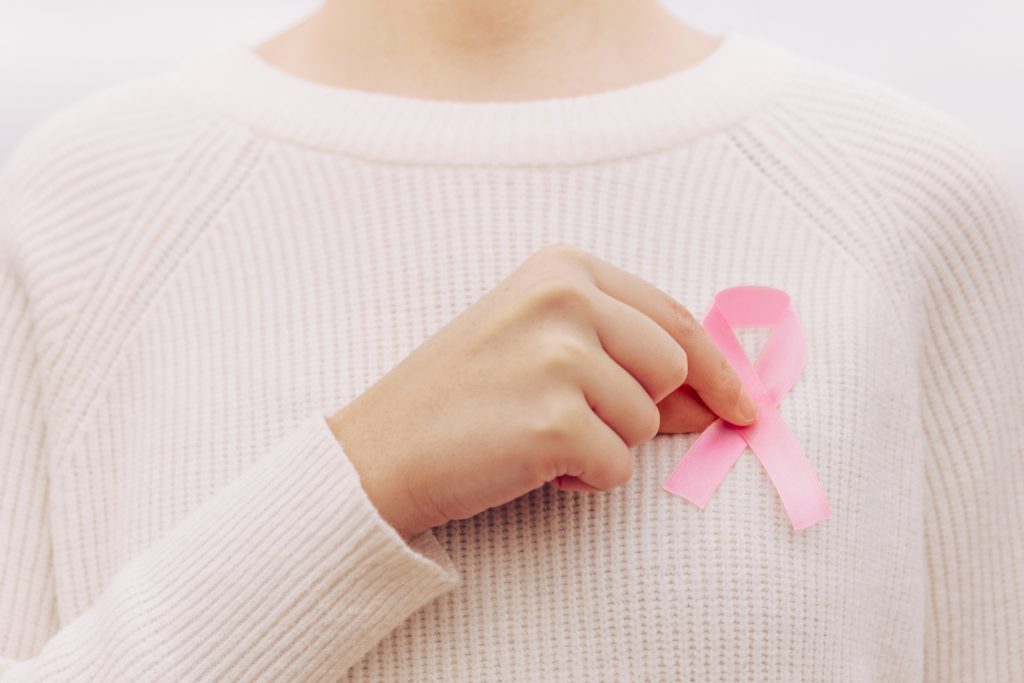
A comprehensive guide to breast cancer
To mark World Breast Cancer Day, we take a look at some of the issues to be aware of.
Breast cancer is the most common cancer among women. Fortunately, improvements in early detection and therapies have significantly reduced mortality in recent years.
To mark World Breast Cancer Day (19 October), we’ve put together some key facts you need to know.
What it is
Cancer is caused by mutations in the genes that regulate cell growth, which leads to uncontrolled cell division and growth.
Breast cancer usually forms in the lobules (milk-producing glands) or ducts of the breast, but can spread to lymph nodes under the arm.
Symptoms
Breast cancer may not cause any symptoms in its early stages. Even so, an abnormality can still be seen on a mammogram.
The first sign is usually a new lump in the breast that was not there before. However, not all lumps are cancer. If you find anything different in your breast, please discuss it with your doctor.
Survival rate
Breast cancer survival rate 5 years after diagnosis is over 90% in high-income countries and between 66% and 40% in low- to middle-income countries.
Early detection and treatment are key to good outcomes.
Risk factors
There are several risk factors that increase the chances of getting breast cancer. Some of them, like genetics, are beyond our control. But others are.
Following a healthy lifestyle (diet, exercise, not smoking or drinking), performing a self-check of your breasts and having regular mammograms can reduce the risk of developing breast cancer.
Sources:
- Asociación Española Contra el Cáncer (Spanish Cancer Association)
- World Health Organization
- Healthline
This post is also available in: Portuguese (Portugal)
